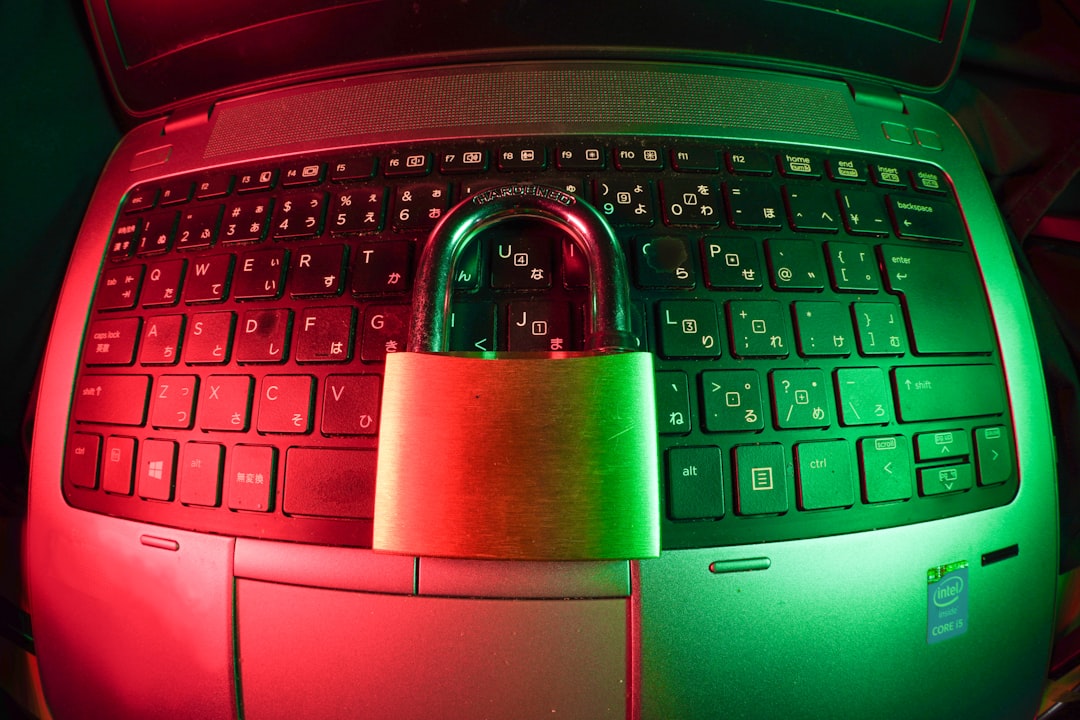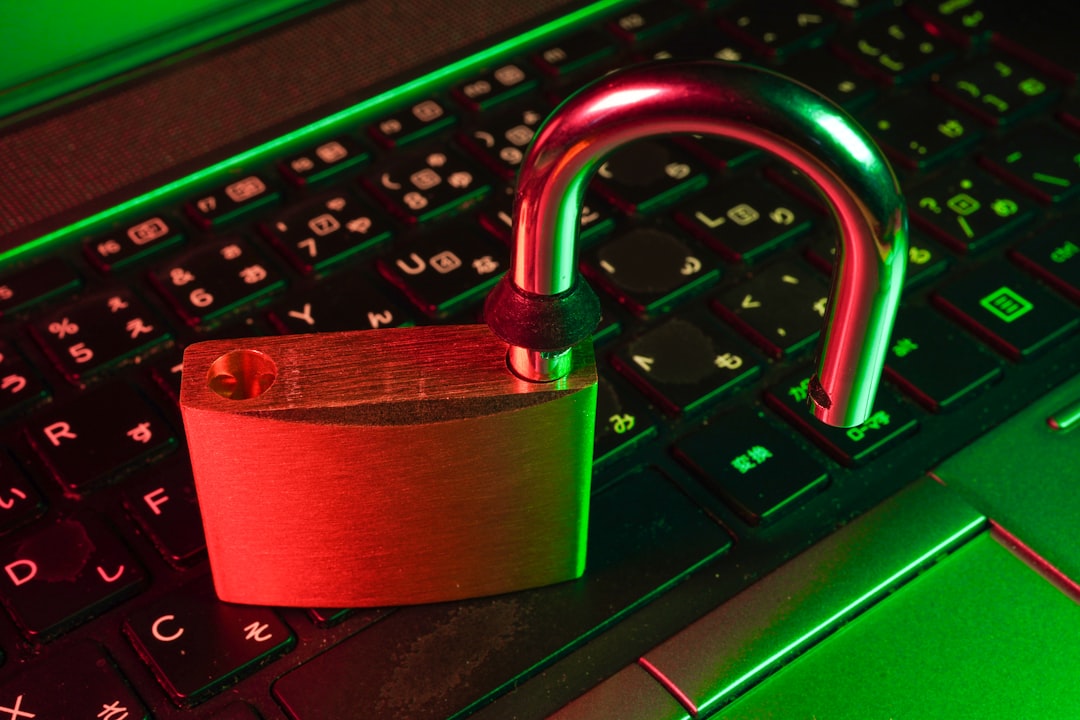In today’s digital age, securing your online identity is more crucial than ever. With increasing cyber-attacks and data breaches affecting millions of users, one of the simplest yet most effective measures you can take is using strong, secure passwords. Despite the growing awareness of cybersecurity, too many people still rely on easy-to-guess, recycled passwords across multiple sites. If you’re wondering how to boost your online safety, it starts with password hygiene.
TL;DR
Strong passwords are your first line of defense against hackers. Avoid using personal information, dictionary words, or repeating passwords across sites. Utilize a combination of letters, numbers, and symbols, and consider using a password manager to help keep track. Following best practices and getting creative with your passwords can vastly improve your digital security.
Why Weak Passwords Are Dangerous
Many security breaches can be traced back to weak or reused passwords. Cybercriminals use techniques like brute force attacks and dictionary attacks to crack accounts. If your password is something like “password123” or “john1985”, you’re putting yourself at high risk.
Not only are such passwords predictably simple, but they are also likely to be found in leaked credentials databases that hackers often circulate. Using the same password across multiple accounts makes matters worse—if one account is compromised, all others can follow.
Characteristics of a Strong Password
Before diving into specific ideas, it’s essential to understand the traits of a strong password. A high-quality password should be:
- At least 12 characters long
- A mix of upper and lowercase letters
- Contains numbers and special characters
- Unpredictable and unique
- Not based on easily available personal information
Effective Strong Password Ideas
Here are some creative and robust strategies to generate passwords that are built to withstand hacking attempts.
1. Use Random Passphrases
One of the best ways to generate a strong password is by using a random passphrase—a combination of unrelated words strung together. This makes them easy to remember but hard to crack.
Example: RedGiraffe!Waffles42OrangeSun
This password is long, contains capital letters, a number, and a special character. It’s also memorable because it forms a vivid mental image.

2. Turn a Sentence Into a Password
Create a sentence you’ll remember and convert the first letters of each word into a password. Add numbers and symbols as needed.
Example: “My first pet was a dog named Max in 1999!” becomes MfpwadnMi1999!
3. Mix Up Languages
Incorporating words from two or more languages can help evade dictionary attacks. Combine words from languages you know, along with clever letter replacements.
Example: HolaF!shBaguette17
4. Use Deliberate Misspellings
A twist on using real words is to misspell them intentionally, making them less predictable without being harder to remember.
Example: Sk8bordPhantummz#3
5. Leverage a Password Manager
Password managers can generate and store extremely secure passwords for every account you use. This means you only need to remember one strong master password.
- Popular options include LastPass, Bitwarden, NordPass, and 1Password
- They can autofill credentials, check password strength, and alert you about compromised passwords

Things to Avoid
Knowing what strong passwords are is just one side of the coin. Equally important is knowing what to steer clear of.
- Don’t use personal information like names, birthdays, or pet names
- Avoid dictionary words or common phrases
- Never recycle passwords across multiple accounts
- Don’t store passwords in plain text on your computer or phone
Tips to Keep Passwords Safe
Even a strong password won’t help much if it’s not stored or handled securely. Here are a few precautions you should always take:
- Enable two-factor authentication (2FA) wherever possible
- Change passwords regularly, especially on sensitive accounts
- Avoid using shared or public computers to log into personal accounts
- Don’t share your passwords with anyone, and be cautious of phishing scams
How Often Should You Change Your Password?
There’s no universal rule, but some best practices suggest changing sensitive passwords every 3-6 months, especially if you suspect a breach or if you’ve given access to someone else temporarily.
However, the key here is not to change passwords too frequently unless necessary. Focus on having strong, unique passwords rather than constantly rotating weak ones.
Dealing With Password Overload
It’s easy to become overwhelmed when every online service requires a different password. The temptation to repeat passwords is strong, but this is where a password manager becomes indispensable.
These tools not only help you store complex passwords safely but also sync them across your devices, streamlining login processes without compromising security.
What to Do After a Data Breach
If you suspect or are notified that your data has been part of a breach, take immediate steps:
- Change your password for the affected accounts
- Update other accounts using the same password (yes, we know it shouldn’t be reused!)
- Check for suspicious activity in your accounts
- Activate 2FA if not already in place
- Monitor email or breach tools like HaveIBeenPwned for further exposure
The Future of Passwords
Biometric logins, passkeys, and multifactor authentication systems are gaining ground, presenting promising alternatives to traditional passwords. However, passwords aren’t going away anytime soon. So until the tech world fully transitions, practicing strong password habits remains a critical layer of your digital defense.
Final Thoughts
Securing your online presence doesn’t have to be a daunting task. By adopting strong password habits, using tools like password managers, and staying informed about emerging cybersecurity threats, you can significantly reduce the risk of falling victim to hackers. Think of strong passwords as the lock on your digital front door—make it robust, make it original, and most importantly, keep it safe.
Stay vigilant, stay secure!
